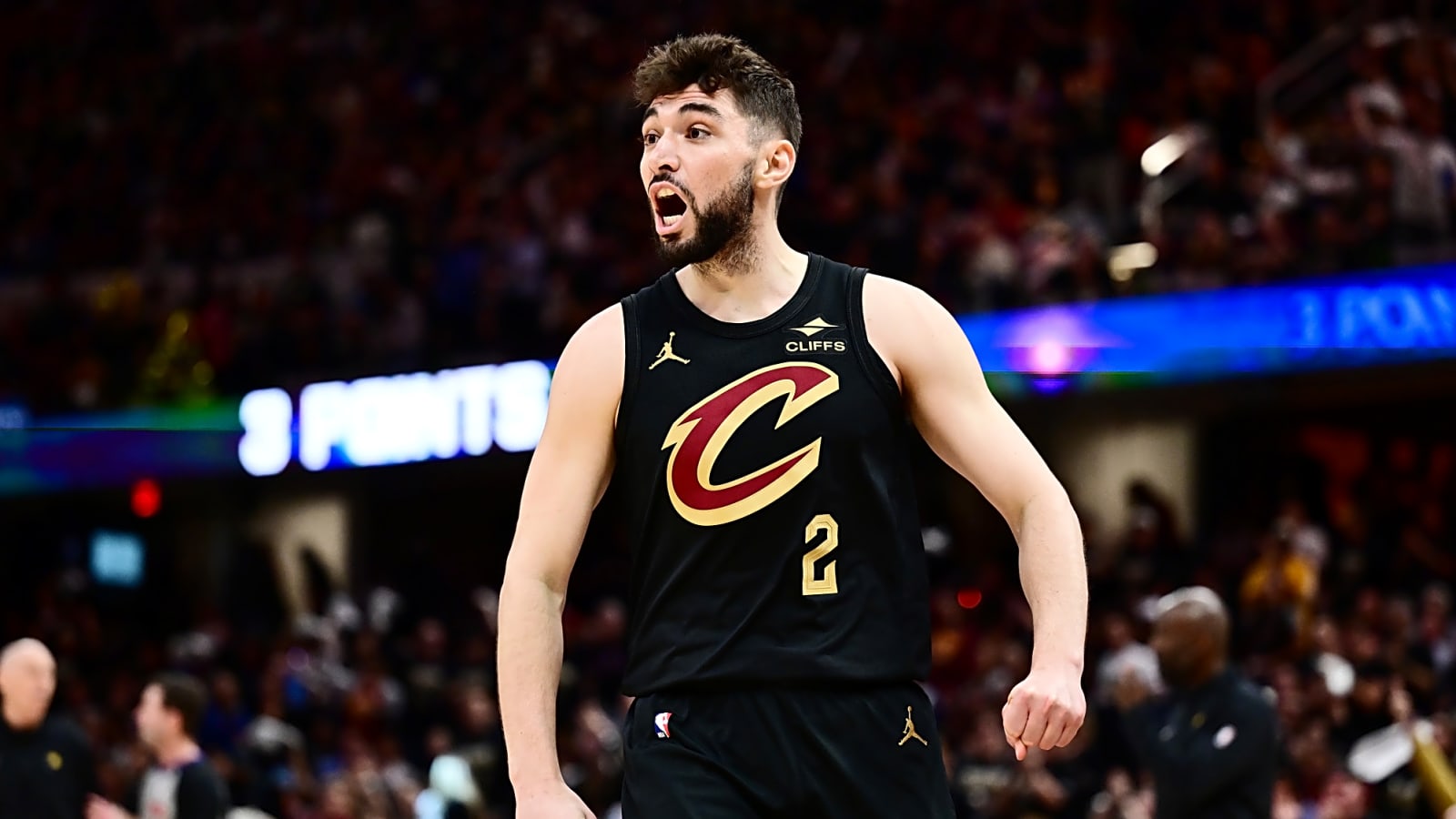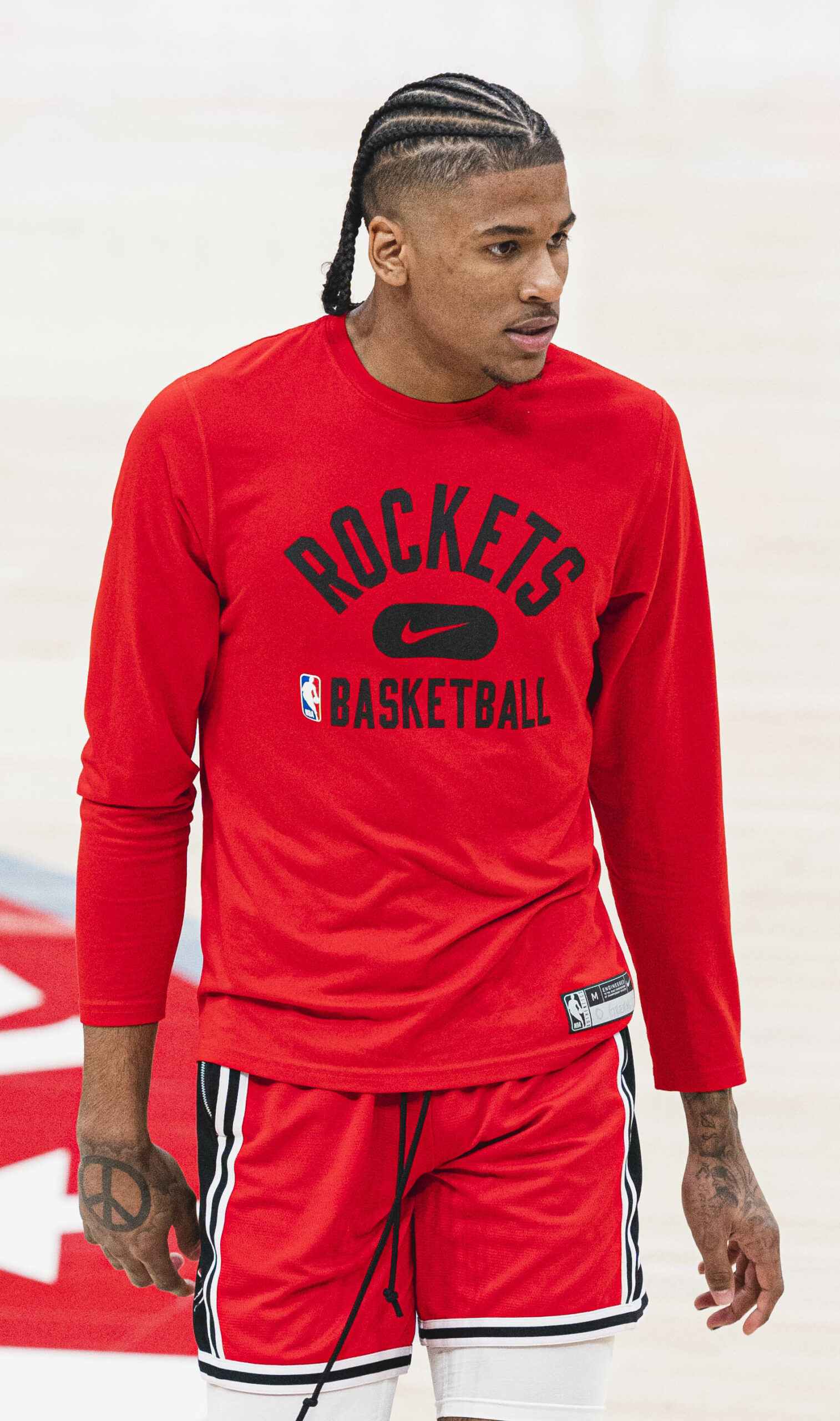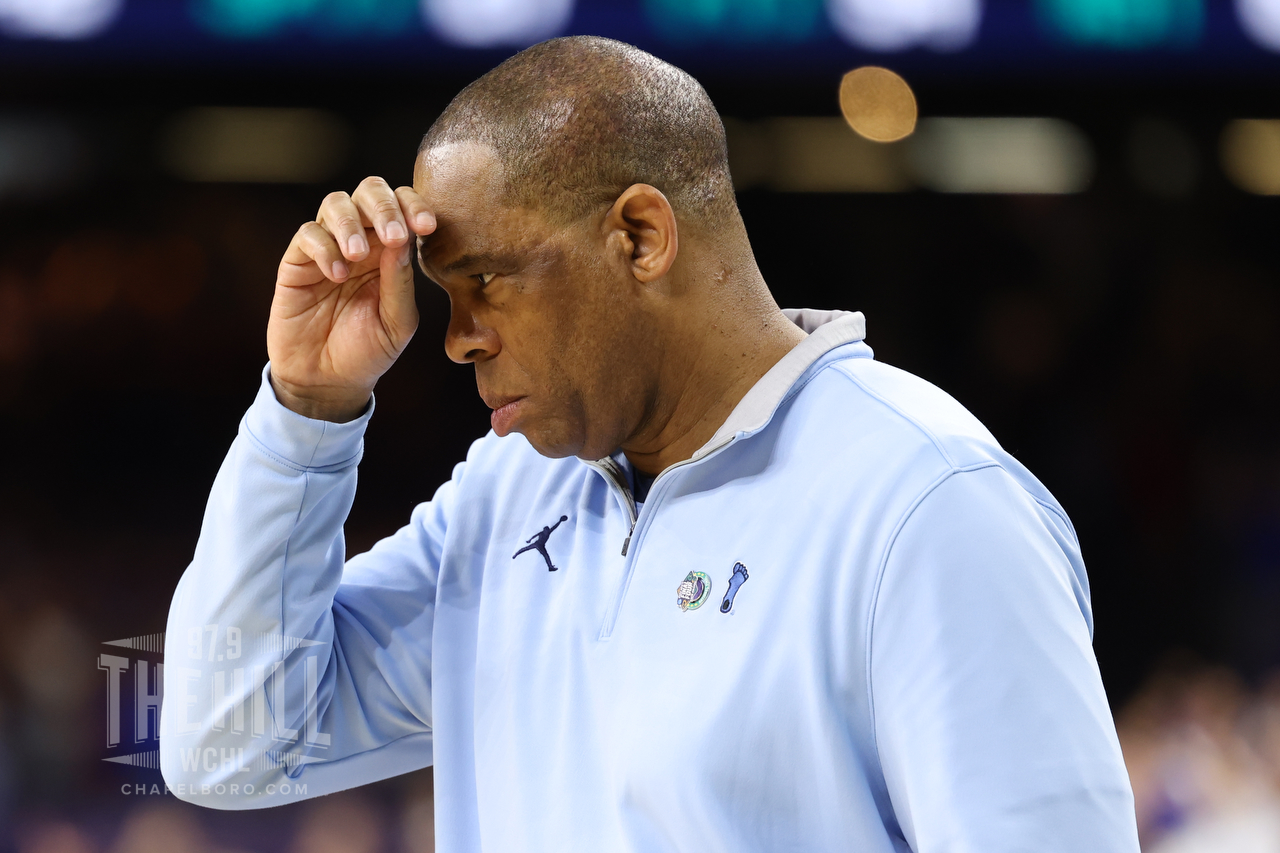According to a recent report by ESPN’s Brian Windhorst, the Cleveland Cavaliers may soon find themselves facing the departure of two important bench contributors: Ty Jerome and Sam Merrill. With both players becoming unrestricted free agents this offseason, the team’s ability to retain them is uncertain. This potential loss is even more concerning when viewed against the backdrop of Cleveland’s current financial situation, as the franchise is set to operate above the NBA’s second salary cap apron during the upcoming season.
Windhorst pointed out in his Sunday article that Jerome and Merrill’s upcoming free agency places the Cavaliers in a tight spot. “The Cavs are entering the second apron next season with two valued bench players, Ty Jerome and Sam Merrill, headed to unrestricted free agency,” he wrote. “They are in danger of losing one or both — and could face having to trade another player to re-sign them, even though team president Koby Altman said last week that team ownership has given him the green light to spend to keep the team together.”
In essence, the Cavaliers’ ability to retain Jerome and Merrill may not just depend on ownership’s willingness to spend, but also on the severe financial and roster restrictions imposed by the NBA’s new collective bargaining agreement, particularly the rules associated with surpassing the second apron.
The second apron is a relatively new provision in the NBA’s salary cap structure, introduced to curtail excessive spending by wealthier franchises and promote more competitive balance across the league. Teams that exceed this limit face strict penalties, including restrictions on trades, signing free agents using mid-level exceptions, and aggregating player salaries in trades. It also limits their flexibility when it comes to acquiring players through sign-and-trade deals or sending out cash in trades. For Cleveland, operating above this threshold introduces a host of challenges that go far beyond simply writing larger checks.
“Once again, though, the challenge for Cleveland and other second apron teams isn’t just the balance sheet,” Windhorst emphasized, “but the punitive penalties that rob the ability to manage rosters. Going deeper into the apron just makes it all that much harder to get out of it, which is guaranteed to be a forced reality at some point.”
While ownership appears willing to invest in keeping the current roster intact, these punitive restrictions may force the front office to make difficult decisions. To retain both Jerome and Merrill, the Cavaliers might have to move other players to make room or risk breaching more severe roster-building limitations. This kind of maneuvering could involve trading current contributors, letting go of promising young talent, or passing on potential upgrades during free agency.
Adding further complexity to Cleveland’s cap situation is Evan Mobley’s contract extension. Last summer, Mobley signed a five-year, $224 million rookie-scale max extension. Under normal circumstances, the first-year salary for such a deal would be 25% of the league’s salary cap. However, Mobley’s standout performance, particularly winning the 2024-25 NBA Defensive Player of the Year Award, activated a clause in his contract. This clause boosts the starting salary of his extension from 25% to 30% of the cap—a substantial increase.
As a result, the Cavaliers’ payroll for the 2025-26 season is projected to balloon to $219 million, pushing them well over the second apron threshold. This sizable commitment significantly reduces the team’s flexibility and heightens the importance of every roster decision. In other words, while the team has enjoyed recent success, including holding the best regular-season record in the Eastern Conference this year, it now faces a critical juncture in shaping its future.
Despite their strong regular-season performance, the Cavaliers were eliminated in the second round of the playoffs by the Indiana Pacers, who defeated them in just five games. The early playoff exit underscored some lingering questions about the team’s depth, playoff readiness, and ability to contend at the highest level. The potential loss of Jerome and Merrill—two players who provided critical minutes and bench stability—could further strain Cleveland’s championship aspirations.
Jerome, known for his playmaking and shooting off the bench, and Merrill, a three-point specialist who gave the Cavaliers a reliable floor-spacer, both carved out meaningful roles for themselves last season. Losing either or both players would not only create a depth problem but could also expose the Cavaliers in key matchups against high-powered offenses that require a deep and versatile rotation.
The franchise’s current conundrum illustrates a broader issue many top teams will face under the new NBA cap structure. With penalties stacked against teams exceeding the second apron, franchises must navigate a tightrope: spend enough to retain talent and remain competitive, but not so much that they trigger long-term roster limitations. The Cavaliers’ situation serves as an early case study of how the new rules can complicate even well-intentioned spending plans.
President of Basketball Operations Koby Altman has expressed a strong desire to keep the core group together. According to Windhorst, Altman recently noted that ownership is fully supportive of this strategy and has approved the necessary spending. However, good intentions may not be enough to navigate the complex and often unforgiving world of NBA financial regulations.
In summary, the Cavaliers face a challenging offseason ahead. While they remain committed to building on their recent success and maintaining a roster capable of deep playoff runs, financial realities threaten to disrupt those plans. The pending free agency of Ty Jerome and Sam Merrill, compounded by Evan Mobley’s increased salary and the team’s proximity to the second apron, leaves Cleveland’s front office with limited room to operate. Whether they can retain their bench strength without compromising the roster’s long-term health remains a major storyline as the offseason unfolds.



